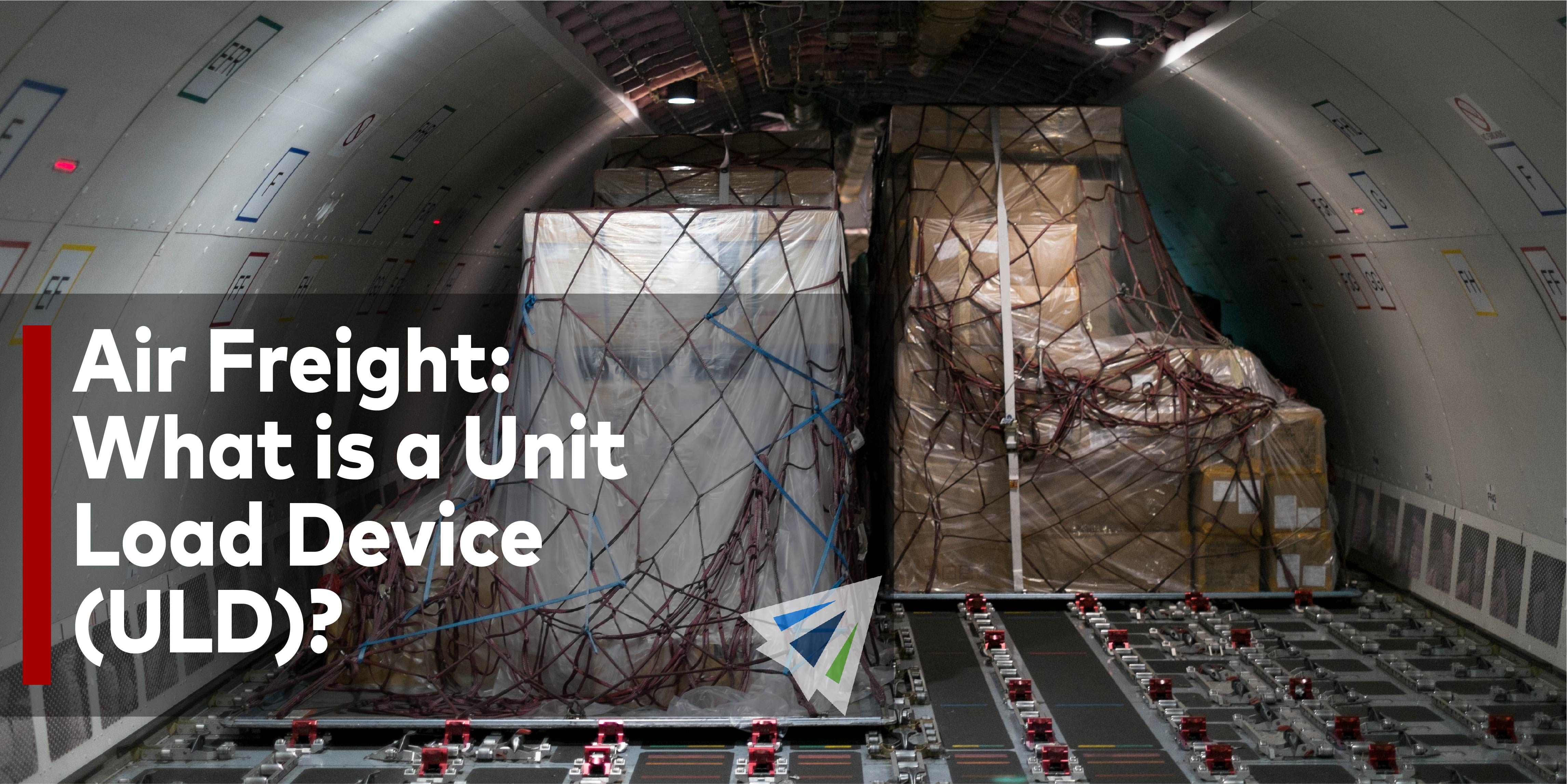Air freight operates quite a bit differently than ocean freight. In ocean freight, it feels like you’re in charge of a lot more details. You have to rent the container (for full container load shipping), load cargo in, properly block and brace it, book a drayman, and handle the rest of the details from the port on. But air freight is incredibly quick, and quite frankly, way less of a hassle than ocean freight. If you’ve ever shipped air freight or researched it, you’ve probably heard a little bit about Unit Load Devices, or ULDs.
Unit Load Device: Air Freight
A Unit Load Device is the, well, “loading device” that your unit (or cargo) will use to be loaded onto an aircraft for departure. Obviously, unlike ocean freight, air freight “containers” need to be significantly smaller so they can fit on airplanes. Also, airplanes have much tighter control of how cargo is loaded than a steamship line.
When you think about it, a steamship line is able to ship upwards of 20,000 containers at a time. While there is a good deal of organization, there’s not a ridiculous amount of spatial planning that goes into it – whether containerized or out-of-gauge, they make room for anything.
Air freight isn’t like that. Each airplane is pretty small from the standpoint of cargo, so spatial planning is incredibly important. They need to use every crevice they can to fit cargo in, and it often needs to be done with gear that is specific to that aircraft – certain types of ULDS.
There are two primary types of Unit Load Devices for air freight:
ULD: Pallet
Pallets are absolutely Unit Load Devices! It is a loading device used to get your cargo into the aircraft and secured for transportation. Although, aircraft palletization is a bit different than warehouse palletization.
ULD pallets are generally made of metal and are incredibly durable. Cargo is loaded onto the pallet after being wrapped, and the finished pallet (whether your stuff alone or combined with other shippers’ cargo) is then secured to the base with a giant net that holds the cargo in place. This is a method of “blocking and bracing” the cargo that is finished by the air carrier.
ULD: Container
ULD containers are sort of oddly shaped boxes that are meant to fit securely into the base of an aircraft. This is especially true when shipping via passenger aircraft, as space is tight due to the top half being occupies by seats. Keep in mind that shippers can rent a ULD container and load the Unit Load Device themselves. A trucker can be hired to pick the container up at destination and deliver it to a warehouse to be deconsolidated.
Air Freight Help
If you or your team are looking for expert advice on what ULD to use, how to go about structuring your air freight, or just have some general questions about international air shipping, please don’t hesitate to reach out to us! We are happy to answer any and all of your questions!
